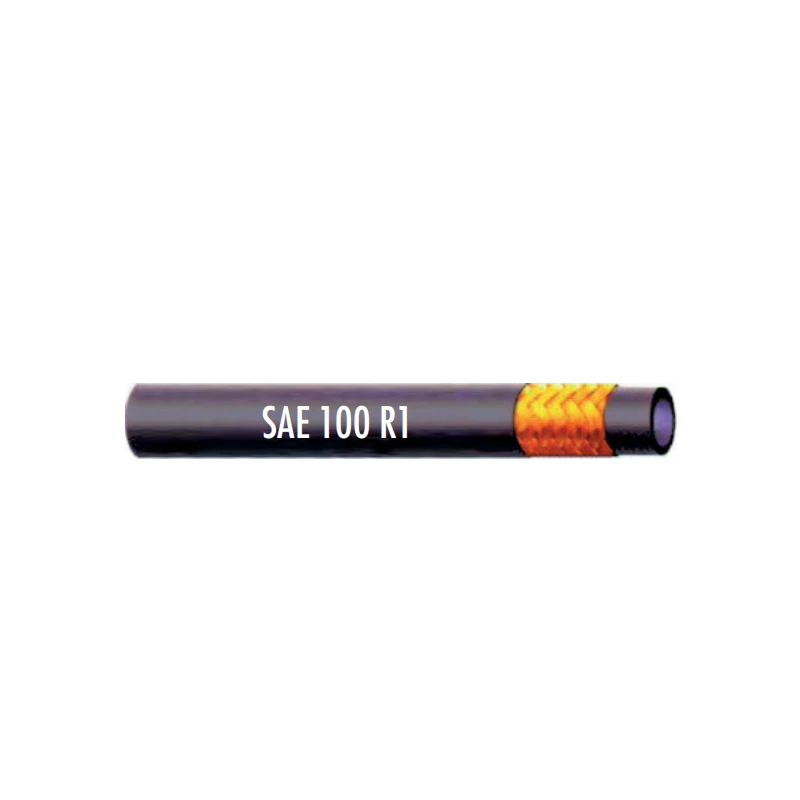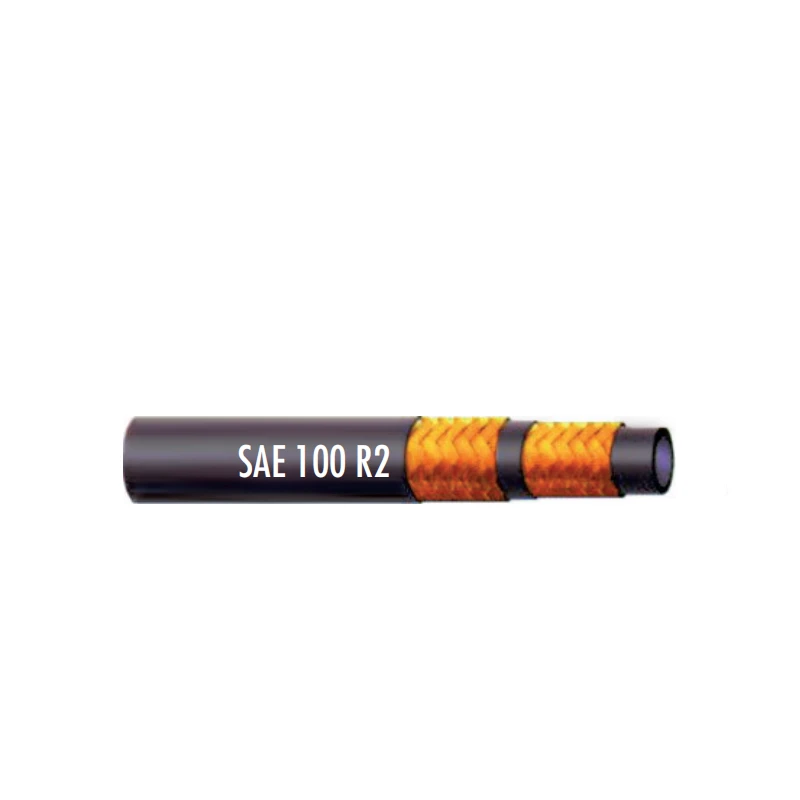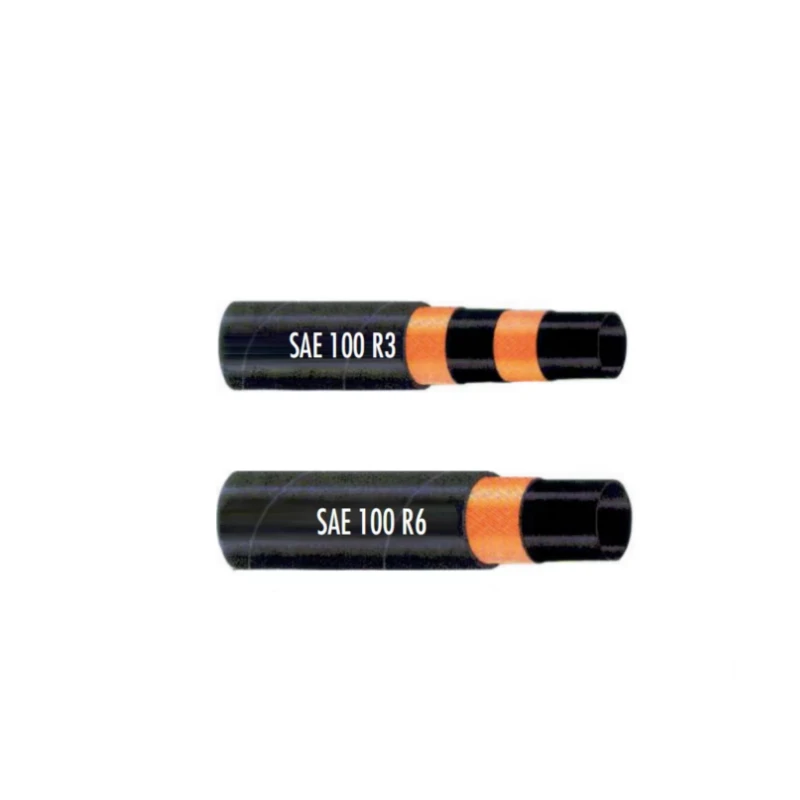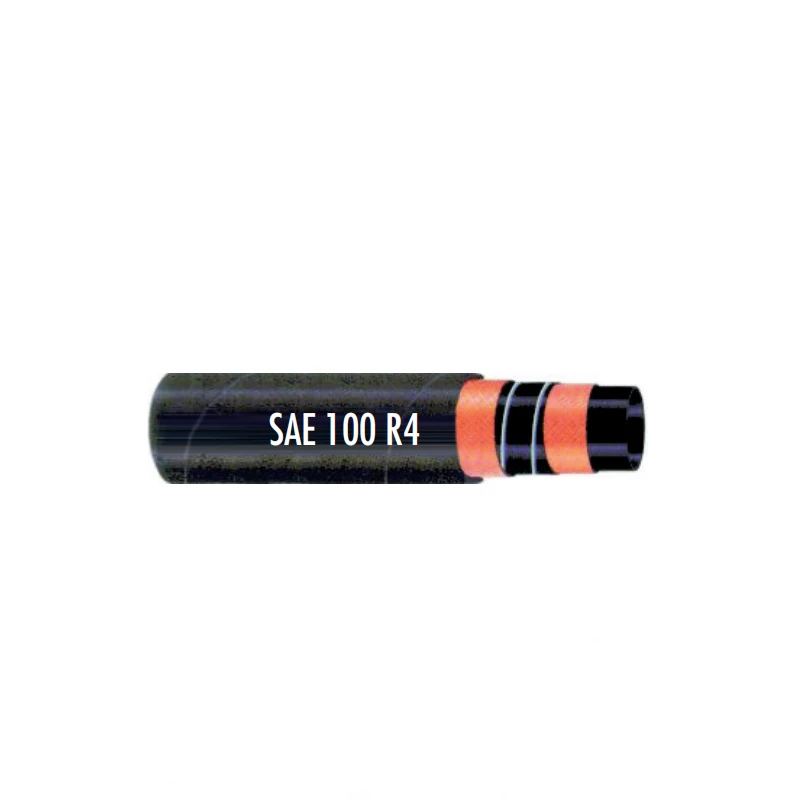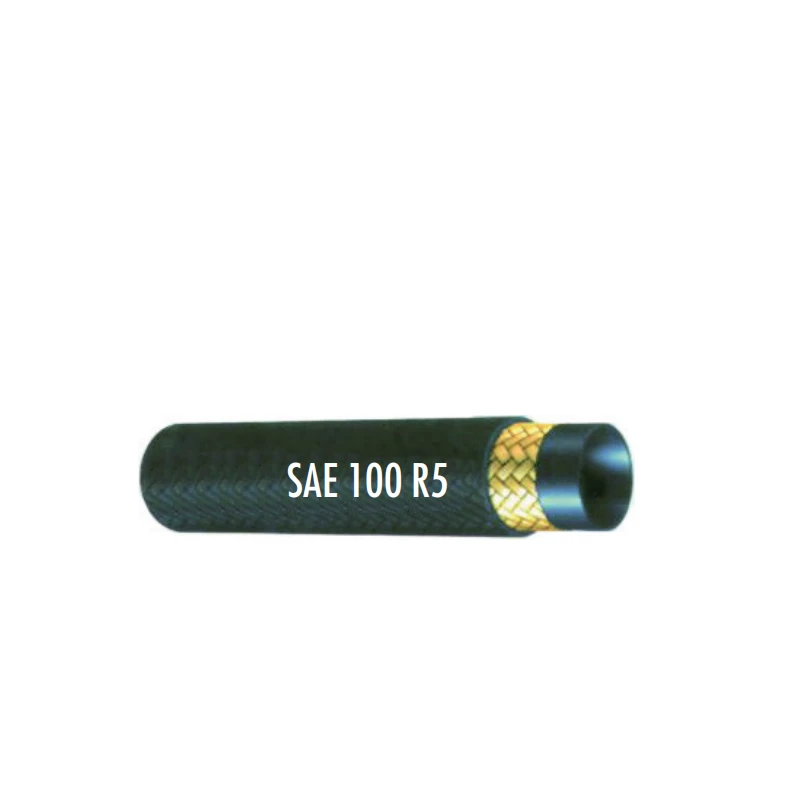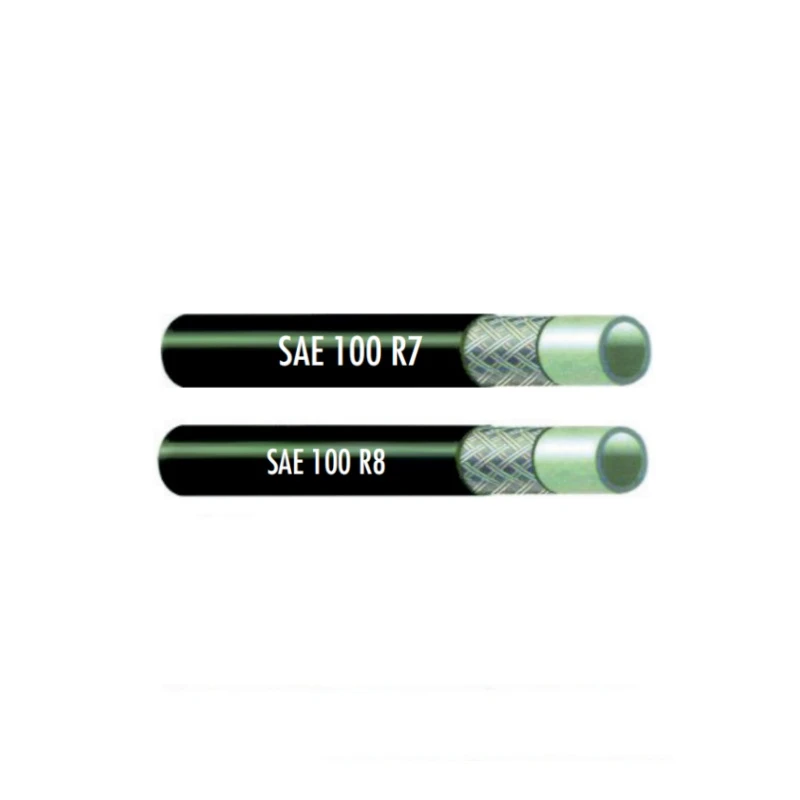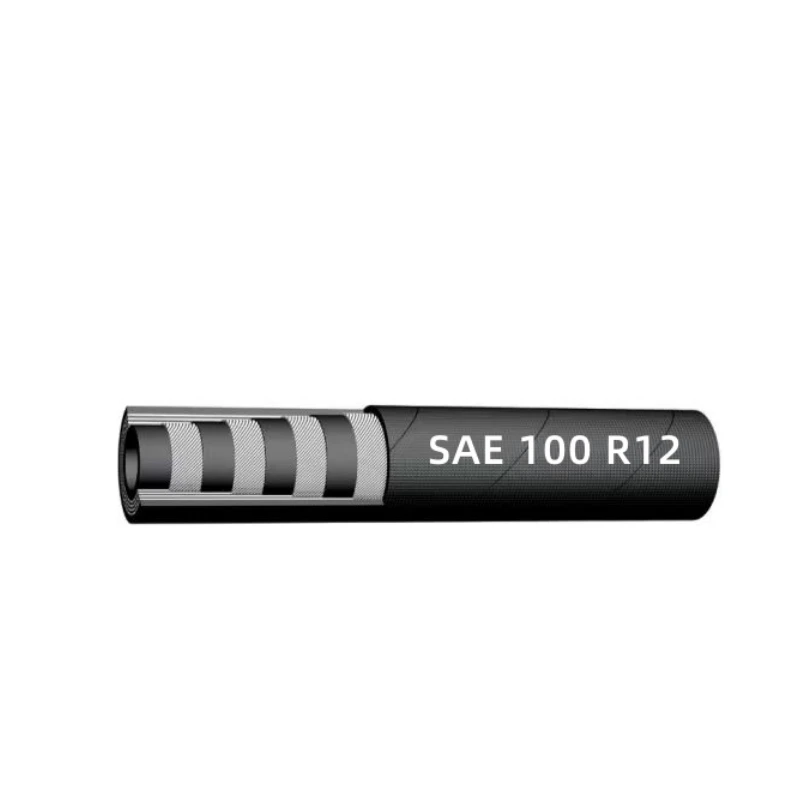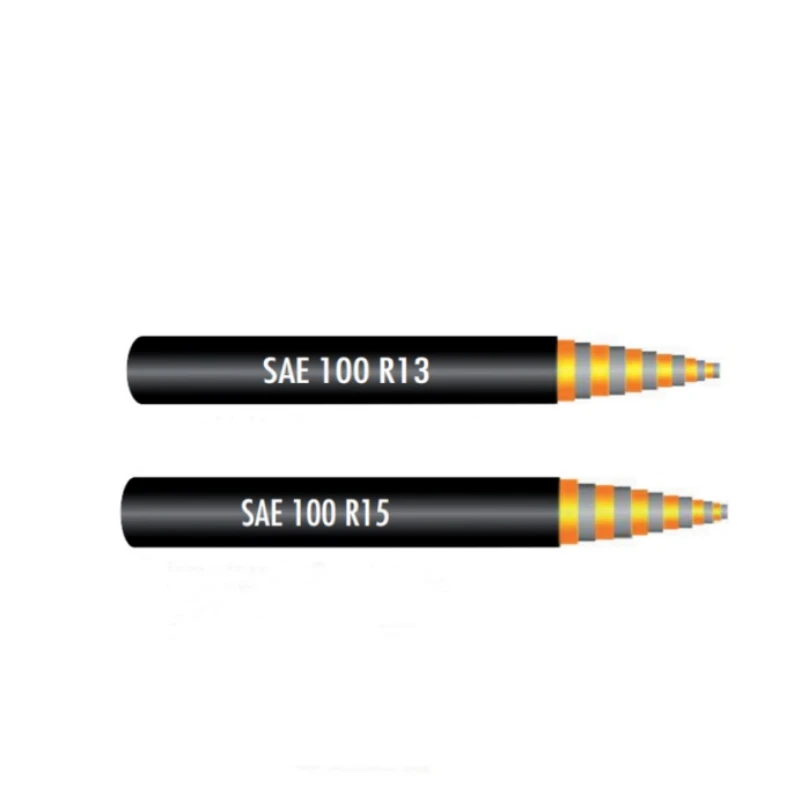
- Afrikaans
- Albanian
- Amharic
- Arabic
- Armenian
- Azerbaijani
- Basque
- Belarusian
- Bengali
- Bosnian
- Bulgarian
- Catalan
- Cebuano
- Corsican
- Croatian
- Czech
- Danish
- Dutch
- English
- Esperanto
- Estonian
- Finnish
- French
- Frisian
- Galician
- Georgian
- German
- Greek
- Gujarati
- haitian_creole
- hausa
- hawaiian
- Hebrew
- Hindi
- Miao
- Hungarian
- Icelandic
- igbo
- Indonesian
- irish
- Italian
- Japanese
- Javanese
- Kannada
- kazakh
- Khmer
- Rwandese
- Korean
- Kurdish
- Kyrgyz
- Lao
- Latin
- Latvian
- Lithuanian
- Luxembourgish
- Macedonian
- Malgashi
- Malay
- Malayalam
- Maltese
- Maori
- Marathi
- Mongolian
- Myanmar
- Nepali
- Norwegian
- Norwegian
- Occitan
- Pashto
- Persian
- Polish
- Portuguese
- Punjabi
- Romanian
- Russian
- Samoan
- scottish-gaelic
- Serbian
- Sesotho
- Shona
- Sindhi
- Sinhala
- Slovak
- Slovenian
- Somali
- Spanish
- Sundanese
- Swahili
- Swedish
- Tagalog
- Tajik
- Tamil
- Tatar
- Telugu
- Thai
- Turkish
- Turkmen
- Ukrainian
- Urdu
- Uighur
- Uzbek
- Vietnamese
- Welsh
- Bantu
- Yiddish
- Yoruba
- Zulu

Jun . 02, 2025 15:22 Back to list
1.5 Inch Fuel Hose Fuel Resistant & High Temp Performance
Is your equipment sputtering? Are you losing sleep over fuel leaks? You're not alone. Over 37% of industrial operators report unexpected downtime due to hose failures. Every drop of lost fuel hits your bottom line. When temperatures soar or harsh chemicals attack, standard hoses crack under pressure. Can you afford that risk?
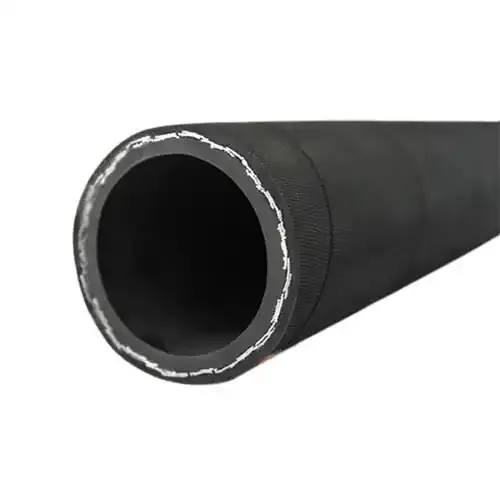
(1.5 inch fuel hose)
Technical Advantages: Fuel Resistance Meets Extreme Heat
Our 1.5 inch fuel hose
isn't just tubing—it's engineered armor. Why trust critical fuel transfers to anything less? Reinforced with aramid fibers and fuel-resistant polymer layers that laugh at:
- Temperatures up to 257°F (125°C) continuously
- Biofuels, ethanol blends, and diesel additives
- Pressure surges up to 250 PSI at peak operation
See the difference? Standard rubber hoses fail at 180°F. Ours maintains flexibility at -40°F too. Arctic cold or desert heat—we've got you covered.
Rhetorical question: Would you trust a $3 garden hose to transfer volatile fuels? Of course not. Why gamble with subpar fuel lines?
Manufacturer Comparison: Cutting Through the Noise
Generic hoses promise "fuel resistance." But what do specs actually reveal? Compare the data yourself:
| Specification | Our High-Temp Fuel Hose | Standard Industrial Hose | Budget Hose |
|---|---|---|---|
| Max Continuous Temp | 257°F (125°C) | 200°F (93°C) | 180°F (82°C) |
| Fuel Resistance Rating | SAE 30R10 Certified | SAE 30R7 Rated | Not Rated |
| Burst Pressure | 900 PSI | 500 PSI | 350 PSI |
| 2 1/4 Inch Filler Option | ✔ Custom-built | ✘ Limited sizes | ✘ |
Notice the gap? When heat cycles fatigue materials, most hoses start weeping in 6 months. Ours averages 5+ years in refinery applications.
Custom Solutions: Beyond Standard Dimensions
Does your project need the 2 1/4 inch fuel filler hose for tanker trucks? Require specialized fuel hose for fuel injection systems? We manufacture to your exact specs:
- Custom diameters from 0.5" to 4"
- Stainless steel helical wire reinforcement
- Multi-layer biofuel-compatible liners
Last month, we built marine-grade hoses for harbor fuel barges. Saltwater exposure? Zero degradation after 18 months.
Application Cases: Where Failure Isn't an Option
Case 1: Midwest Biofuel Plant
Switched from generic to our 1.5 inch high temperature fuel hose. Result? Hose replacement costs dropped by 82% annually. No more ethanol-induced swelling.
Case 2: Mining Operation
Custom 2 1/4 inch filler hoses survived -30°F refueling. How? Our flexible polymer bends when cheap rubber shatters.
Rhetorical question: Still losing money on replacements? Imagine running 3 years without a single fuel-related shutdown.
Demand Uncompromised Fuel Transfer Performance
Join 1,200+ industrial operators who eliminated hose failures. Custom-engineered solutions ship in 72 hours.
UPGRADE YOUR FUEL SYSTEM NOW© 2023 FlowTech Hoses | SAE-Certified Manufacturing | 5-Year Warranty Included
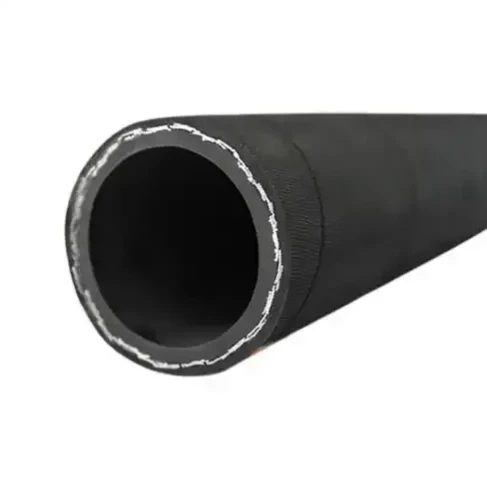
(1.5 inch fuel hose)
FAQS on 1.5 inch fuel hose
Q: What applications are 1.5 inch fuel hoses suitable for?
A: 1.5 inch fuel hoses are ideal for medium-flow fuel transfer in automotive, marine, and industrial systems. They efficiently handle gasoline, diesel, and biofuels. Their diameter balances flow rate and space constraints.
Q: Why choose fuel resistance and high temperature fuel hoses?
A: These hoses prevent degradation from aggressive fuels like ethanol-blended gas or diesel. They withstand temperatures up to 250°F (121°C) in engine bays. This ensures long-term durability and leak prevention.
Q: Are specialized fuel hoses required for fuel injection systems?
A: Yes, fuel injection hoses must handle high pressure (up to 250 PSI) and resist permeation. Standard variants feature reinforced layers to prevent swelling. Using non-spec hoses risks leaks and engine damage.
Q: When would I need a 2 1/4 inch fuel filler hose?
A: This large diameter suits high-volume refueling, like truck fuel tanks or marine tank inlets. It connects fill necks to storage tanks quickly. Ensure it’s rated for vapor exposure and ozone resistance.
Q: How do I select between 1.5 inch and 2 1/4 inch fuel hoses?
A: Match hose size to your system’s flow requirements: 1.5-inch for moderate transfer, 2 1/4-inch for rapid filling. Consider temperature ratings, pressure, and chemical compatibility. Verify SAE/ISO standards for your application.
Latest News
Steel Wire Reinforced Hydraulic Hose SAE 100 R1 / EN853 1SN S
NewsOct.17,2024
Two Layers Steel Wire Reinforced Hydraulic Hose SAE 100 R2 / EN853 2SN
NewsSep.03,2024
Textile Braid Reinforced Hydraulic Hose SAE100 R3+R6
NewsSep.03,2024
Textile Reinforced Hydraulic oil Suction Hose with embedded Steel Wire SAE 100 R4
NewsSep.03,2024
Single Wire Braid and Textile Covered Hydraulic Hose SAE 100 R5
NewsSep.03,2024
High Pressure Thermoplastic Hydraulic Hose SAE 100 R7 / EN855 R7 - SAE 100 R8 / EN855 R8
NewsSep.03,2024
Heavy Duty Four-layer Steel Wire Spiral Reinforced Hydraulic Hose SAE100R9+R10+R12
NewsSep.03,2024
Heavy Duty Multi-layer Steel Wire Reinforced Hydraulic Hose SAE100R13 SAE100R15
NewsSep.03,2024
Latest Products
